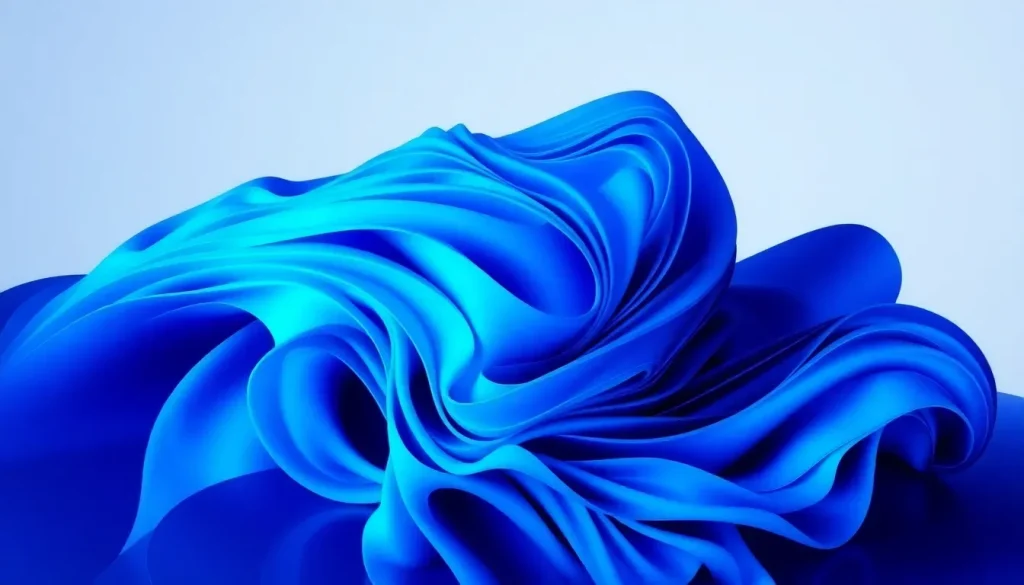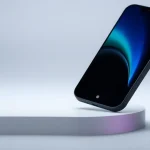Microsoft releases final version of Windows 11 25H2 how to install

Microsoft has officially announced the final release of Windows 11 25H2, following several months of rigorous testing, beta versions, and previews. This version is delivered as a lightweight enabling package (eKB), meaning it doesn't completely replace the existing operating system. Instead, it activates previously existing feature codes on current devices, ensuring a smoother transition for users.
As previously reported, this latest update does not overhaul the underlying system architecture or introduce significant new features for the general public. Instead, most of the updates were progressively rolled out in the 24H2 version and finalized in the last monthly quality update for Windows 11. Microsoft particularly highlights features aimed at the enterprise market, including the discontinuation of PowerShell 2.0 and the Windows Management Instrumentation Command-line (WMIC). Furthermore, system administrators can now remove certain pre-installed Microsoft Store applications through group policies.
One of the primary objectives of this version is to reset the lifecycle of Microsoft's security updates, providing compatible systems with an additional two years of monthly security patches. This approach, offered as an enabling package and based on a service branch shared with the latest version of Windows 11, allows most users to upgrade with minimal disruptions, generally requiring just a quick reboot rather than a full OS update.
This transition doesn’t need to be seen negatively. On the contrary, considering the numerous issues that each update can cause, users often find themselves yearning for a stable version of Windows 11, even if it doesn’t introduce new functionalities. So, is this update worth it? Absolutely, but it’s advisable to take your time unless you are still using Windows 10 and need to upgrade to Windows 11 before the end of its life cycle. This update is also recommended for current Windows 11 24H2 users to unlock hidden features and gain extended support and security updates.
How to Install the Final Version of Windows 11 25H2
Microsoft is opting for a gradual rollout to manage potential issues during the installation process. Devices affected by known errors will not receive the new version immediately. If your device is not facing these issues, there are several ways to obtain the latest version, whether your hardware meets the requirements or not. As always, it is crucial to back up your data, whether fully or just important files, to safeguard against any mishaps.
Updating from Previous Versions of Windows 11 (or Windows 10)
- Update via Windows Update: This is the most straightforward method. Access the general Settings tool and click on the 'Check for updates' button. If there are any pending updates, the system will prompt you to install them. If you’re already running Windows 11, your device will be compatible for this upgrade.
- Visit the Windows 11 Download Page: Here, you’ll find the Microsoft software download page updated to Windows 11 2025 Version 25H2. The easiest way is to use the 'Windows 11 Installation Assistant.' Click the 'Download Now' button and follow the instructions provided.
Both methods will present you with two installation options: one that preserves files, applications, data, and user settings, and another that removes applications and settings. The process is semi-automated and requires you to follow the on-screen prompts. Within minutes, your PC will be upgraded to Windows 11.
Updating from Windows 10 (Compatible PCs)
If you wish to upgrade from Windows 10, the process is similar to the previous one; however, you must meet the official hardware requirements. If you are uncertain whether your device meets the minimum requirements to jump to Windows 11, there are both official and third-party applications available for checking compatibility. One such tool is the PC Health Check app from Microsoft, which provides an easy-to-use interface to check if your PC supports TPM, CPU, Secure Boot, and other criteria.
Clean Installations with ISO Images
Many users prefer to perform a clean installation when changing versions to refresh their storage units and update third-party applications. This method helps ensure the system is secure and performs optimally.
The process involves obtaining the official ISO image of the system and preparing an external media for installation. Microsoft provides its media creation tool, but we recommend using external tools for added advantages. Simply navigate to the official download site and download the disk image.
For creating the media, we recommend Rufus, a free application that works perfectly with Windows images. With the installation media created, you can install the system from scratch on any device that meets the requirements. Just access the BIOS/UEFI settings and set the created installation media as the first boot device. After restarting your device, the installation process will commence, taking just a few minutes on an SSD. If needed, you can follow one of the multiple guides we have published for installing Windows.
Installing on Incompatible PCs
Despite the perceived "inflexibility" of Microsoft, updating or performing a clean installation on devices that don’t meet the requirements for Windows 11 25H2 is quite straightforward. Using Rufus, you can create the media while enabling the removal of requirements:
This media, ideally created on a USB drive with at least 8 GB of capacity, allows for clean installations and upgrades. Simply open the ISO image in File Explorer and run the setup.exe file. Besides surpassing TPM, Secure Boot, and other requirements, Rufus also allows you to bypass other restrictions, such as Microsoft ID requirements, enabling local accounts. If you want the cleanest and most personalized installation possible, for both compatible and non-compliant PCs, we recommend using solutions like the Tiny11 Builder, which is compatible with this version 25H2.
For those interested in visual guidance, here's a helpful video that details the installation process:
* Cover image generated by AI.




Leave a Reply